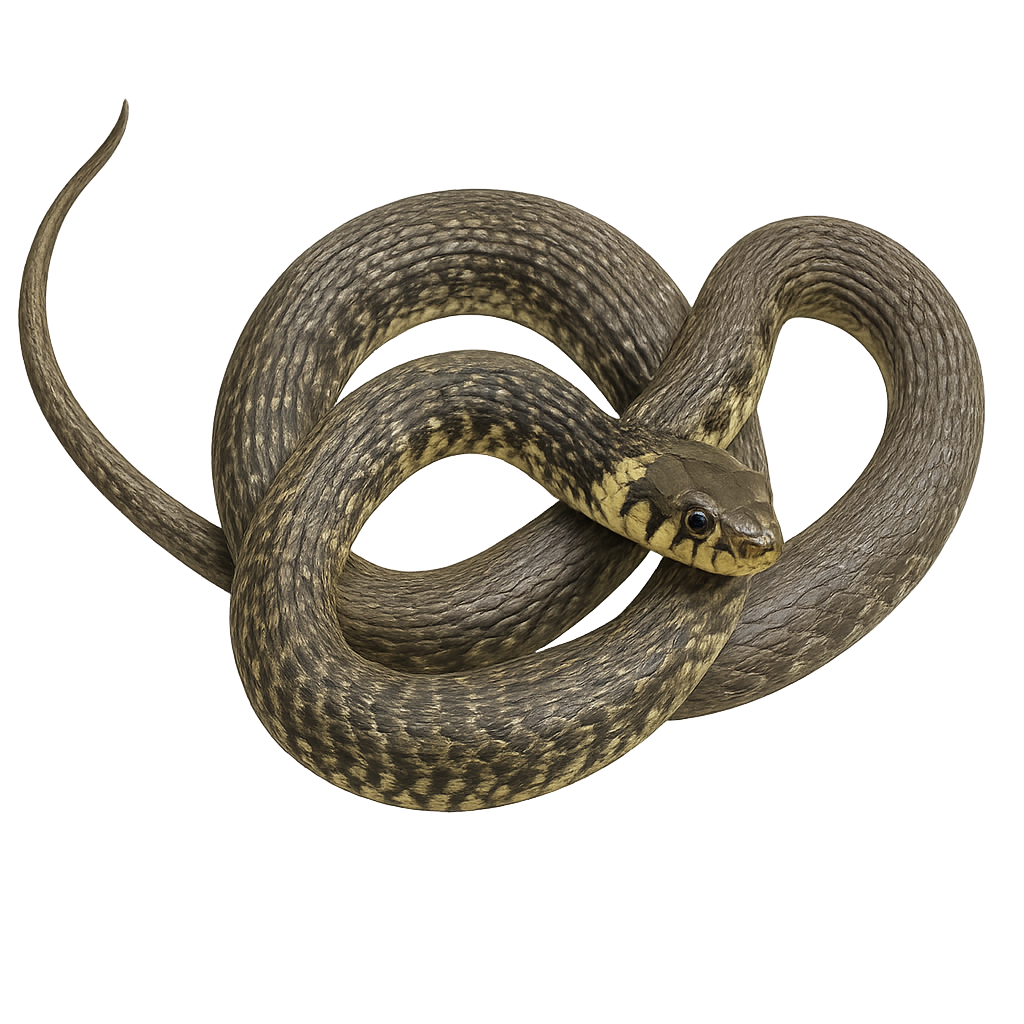Your wildlife photography guide.
Explore the western whip snake in detail, study its behavior, prepare your shots.
Where to observe and photograph the western whip snake in the wild
Learn where and when to spot the western whip snake in the wild, how to identify the species based on distinctive features, and what natural environments it inhabits. The WildlifePhotographer app offers tailored photography tips that reflect the western whip snake’s behavior, helping you capture better wildlife images. Explore the full species profile for key information including description, habitat, active periods, and approach techniques.
Western Whip Snake
Scientific name: Hierophis viridiflavus

IUCN Status: Least Concern
Family: COLUBRIDAE
Group: Reptiles
Sensitivity to human approach: Suspicious
Minimum approach distance: 30 m
Reproduction period: April to June
Incubation: 42-56 jours
Births: April to June
Habitat:
Dry and sunny environments: hedgerows, fallow lands, forest edges, rocky areas
Activity period :
Active during the day when temperatures are favorable, often seen basking in the sun.
Identification and description:
The Western Whip Snake is a slender snake that can reach up to 1.60 m in length. Its coloration is dark, black or dark green, speckled with yellow spots forming transverse bars at the front of the body and longitudinal lines towards the rear. The belly is light, yellow or greenish-white. Juveniles have a more uniform grayish to beige hue with distinctive head patterns. It inhabits dry and sunny environments, such as hedgerows, fallow lands, forest edges, and rocky areas, from plains up to 1900 m altitude. Diurnal and agile, it primarily feeds on small vertebrates: rodents, lizards, amphibians, and sometimes other snakes. Reproduction occurs in spring, with 5 to 15 eggs laid in June-July, incubated for 6 to 8 weeks. Protected species in Europe, it is vulnerable to habitat destruction and road traffic.
Recommended lens:
400 mm – adjust based on distance, desired framing (portrait or habitat), and approach conditions.
Photography tips:
Use a telephoto lens to photograph the Western Whip Snake, especially during its rapid movements in open environments. Favor soft morning or evening light to capture the details of its coloration. Be patient and discreet to observe its natural behaviors.
The WildlifePhotographer App is coming soon!
Be the first to explore the best nature spots, track rutting seasons, log your observations, and observe more wildlife.
Already 1 450 wildlife lovers subscribed worldwide

